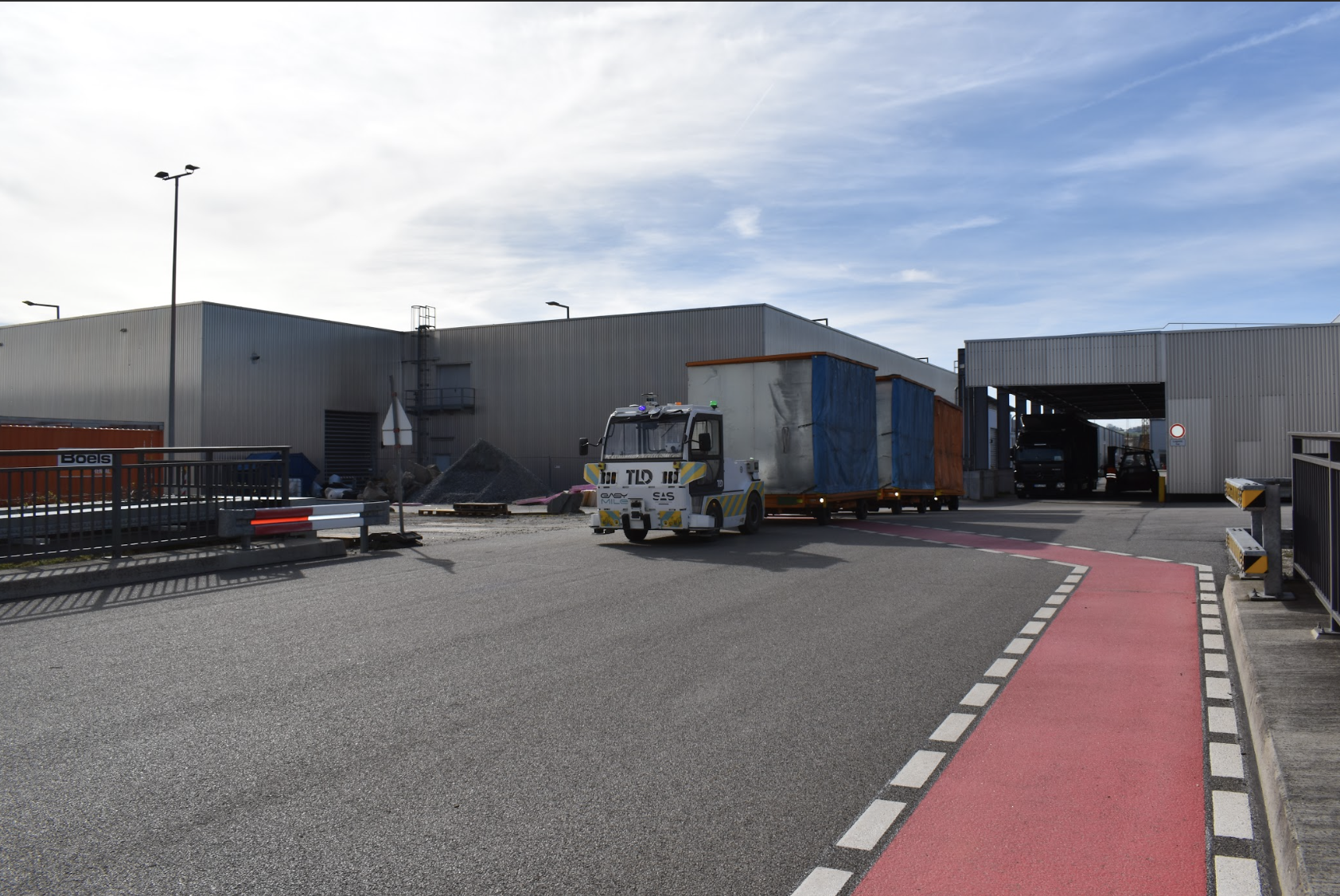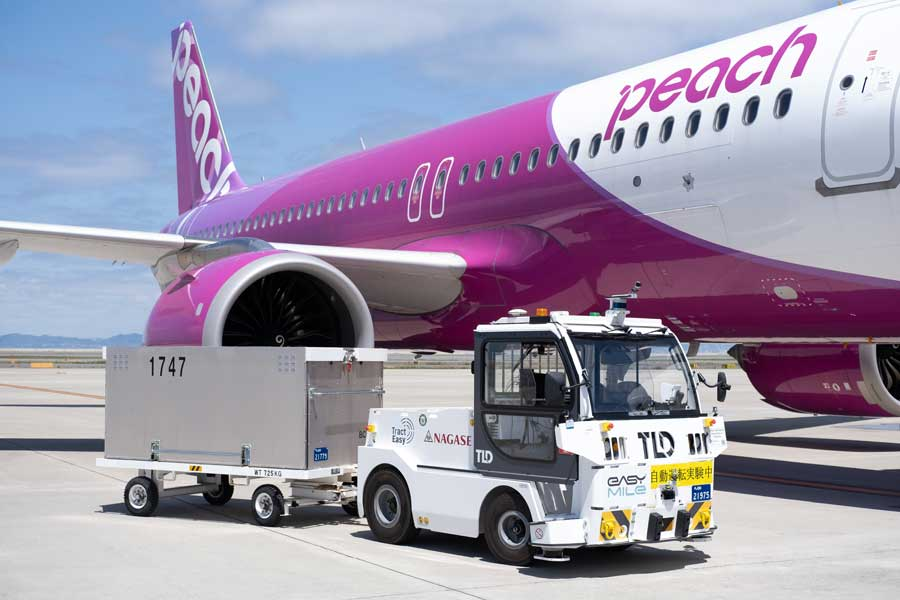Industrial automation is for everyone
22 April 2025 -
Berlin, Germany
Written by Hamza Ouzouhou

Blog
Manufacturers across industries are under continuous pressure to optimize operations, reduce costs, and improve supply chain efficiency. While large-scale manufacturers have long invested in automation, their mid-size counterparts face unique challenges that make adopting automation both a practical and necessary step.
In this blog, we explore why smaller manufacturers are in a strong position to benefit from autonomous towing, how these solutions integrate seamlessly into existing operations, and why they offer a cost-effective, flexible alternative to traditional automation.
Easier integration without disrupting existing operations
One of the key advantages smaller manufacturers have is their ability to integrate automation solutions without extensive reconfiguration. Many mid-size facilities already operate with adaptable workflows, making it easier to implement autonomous towing without disrupting production.
- Autonomous towing vehicles, such as EZTow, operate independently using onboard sensors, eliminating the need for fixed infrastructure like magnetic markers or guided pathways.
- Unlike traditional AGVs, which often require dedicated routes and significant upfront planning, autonomous tuggers can navigate dynamic environments with minimal changes to facility layouts.
- Deployment can be phased in gradually, allowing for a smooth transition without interrupting operations.
Cost-effective automation with fast ROI
Traditional automation solutions, such as AGVs, conveyors, or fixed transport systems, often involve high initial investment and require dedicated pathways. Mid-size OEMs, which typically work with tighter budgets and fluctuating production volumes, need solutions that offer a balance between automation benefits and financial feasibility.
- Autonomous towing solutions like EZTow provide a lower-cost alternative to AGVs, offering a flexible and scalable automation option.
- By reducing reliance on manual labor, these solutions help mitigate workforce shortages and lower operational costs.
- Electric autonomous tuggers also reduce fuel consumption and maintenance costs compared to conventional forklifts or diesel-powered equipment.
- The ability to start with a small deployment and expand as needed enables mid-size manufacturers to achieve automation benefits without large upfront capital expenditures.



